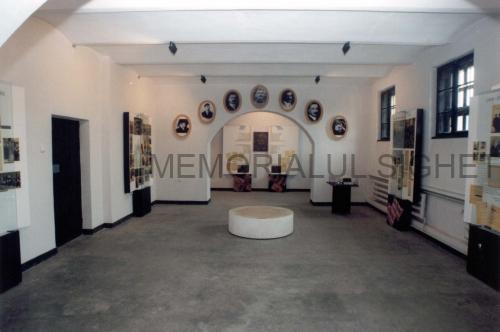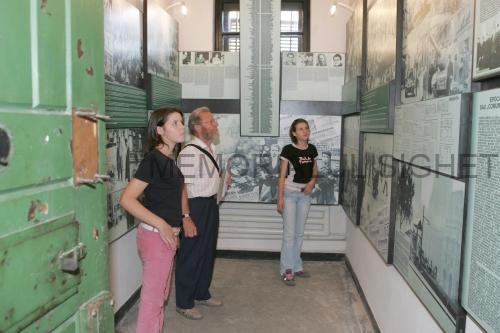The demolitions carried out in Bucharest in the 1980s by the Ceauşescu regime involved large-scale destruction of the historical and cultural heritage. The centrepiece of this project was a presidential palace surrounded by ministries and other public institutions.
Under this pretext, monasteries and churches were demolished, some of them more than three centuries years old, along with family houses, blocks of flats, and public buildings. Other churches were moved and hidden away behind the new buildings.
The most notorious demolition was that of the entire Văcăreşti Monastery complex (eighteenth-century), situated on the outskirts of the capital city. The site was earmarked for a new Palace of Justice, but building work never commenced.
Some case studies on the demolition of urban centres with obvious traditional specific character show how deep the wounds made by the demolitions were in the provinces.
posted in: Second Floor










